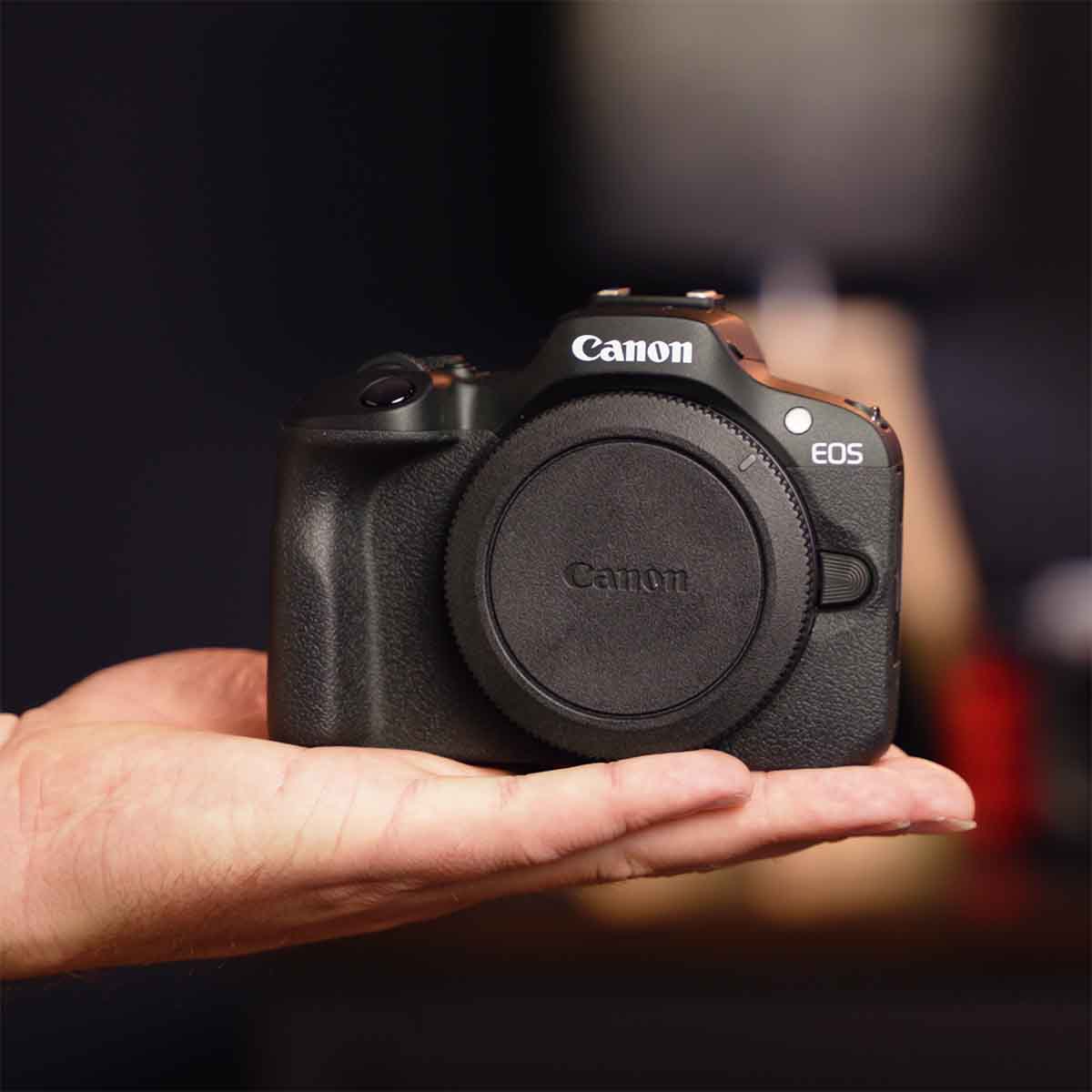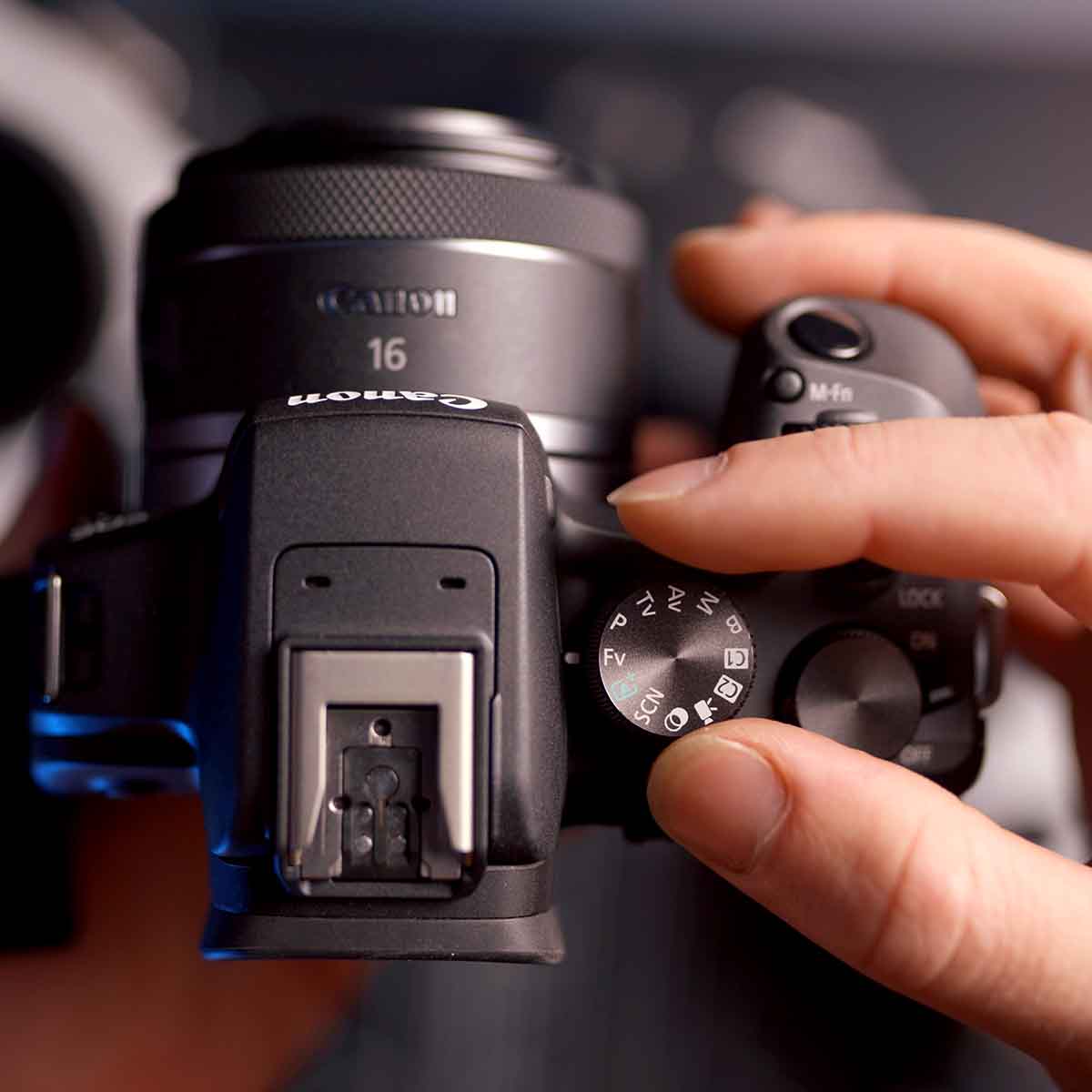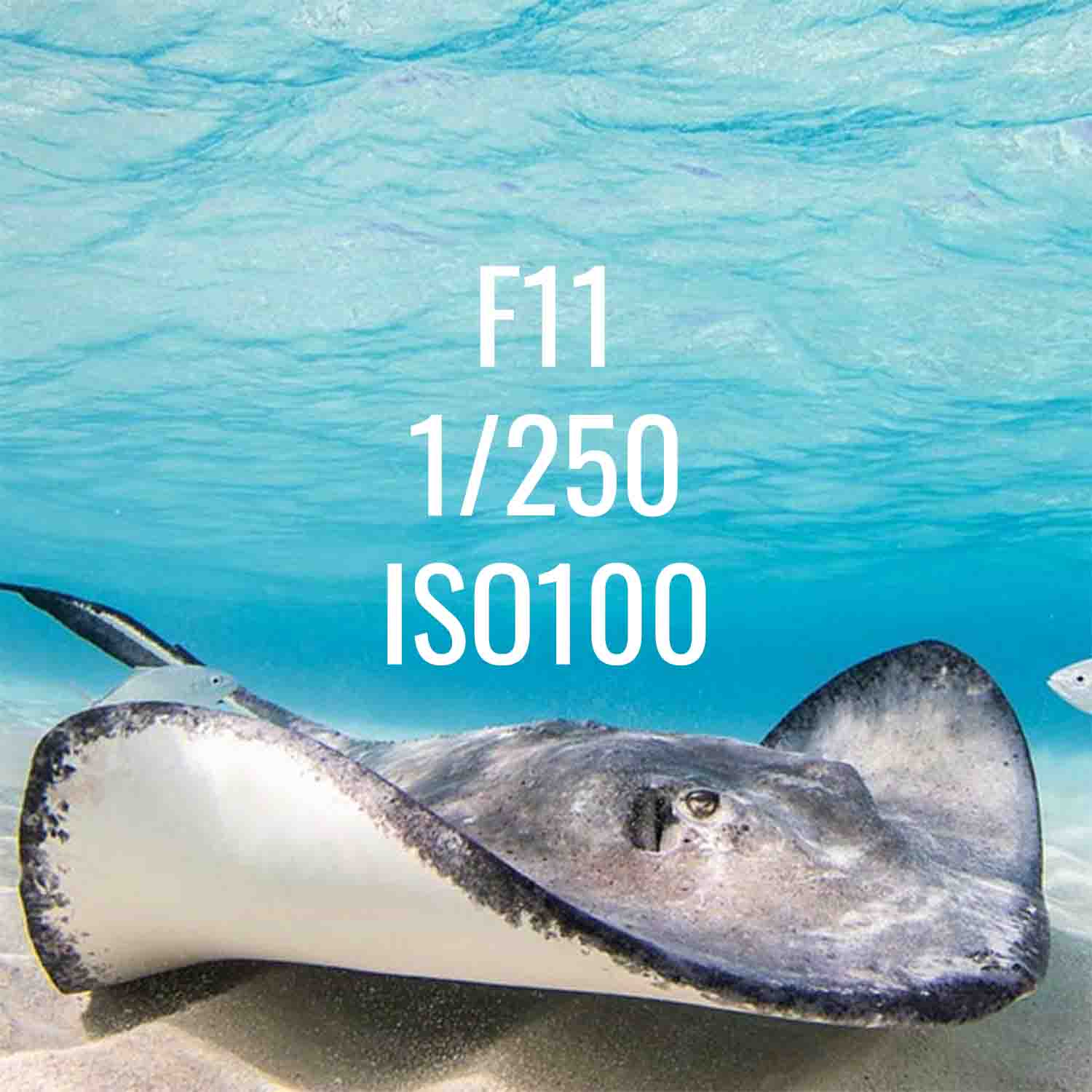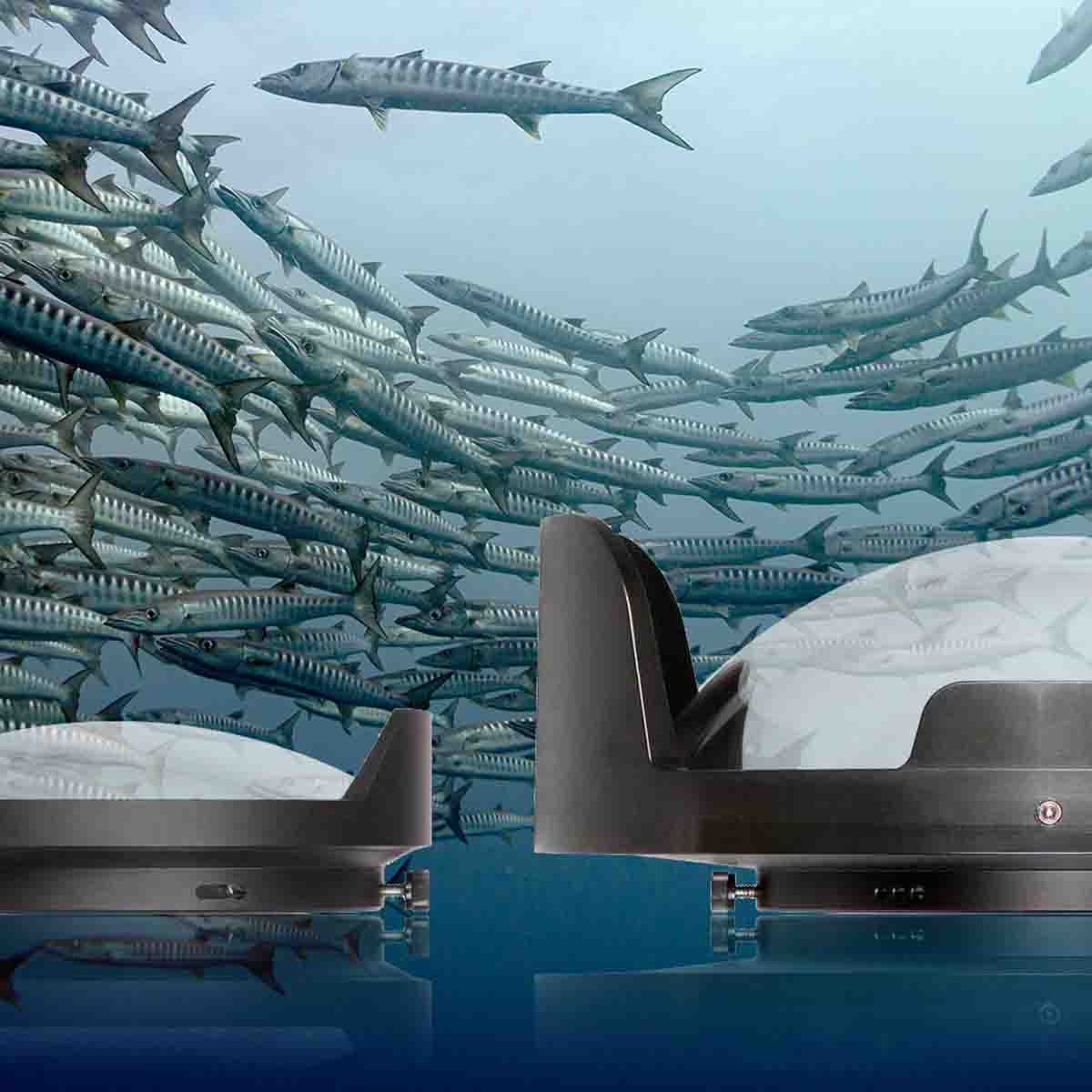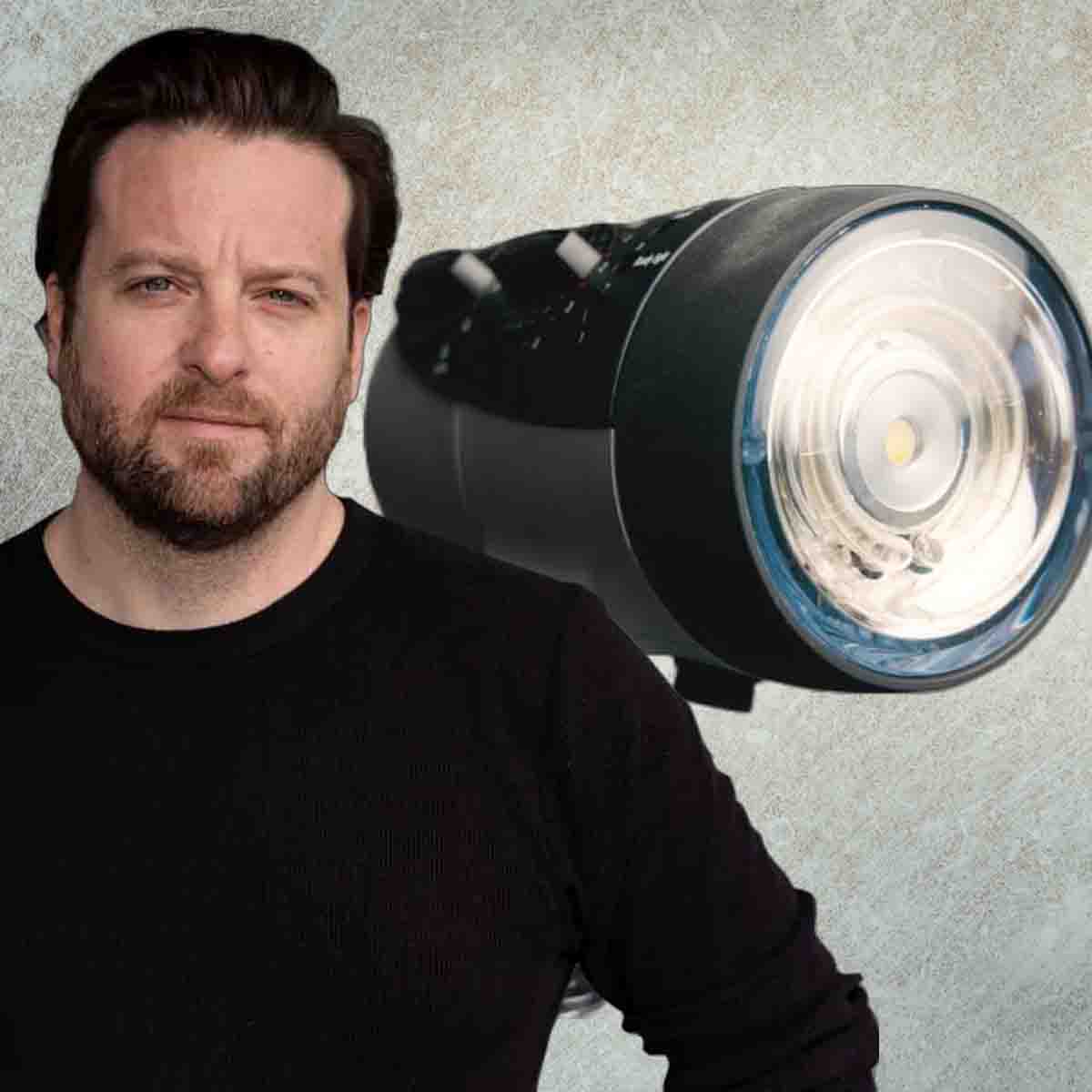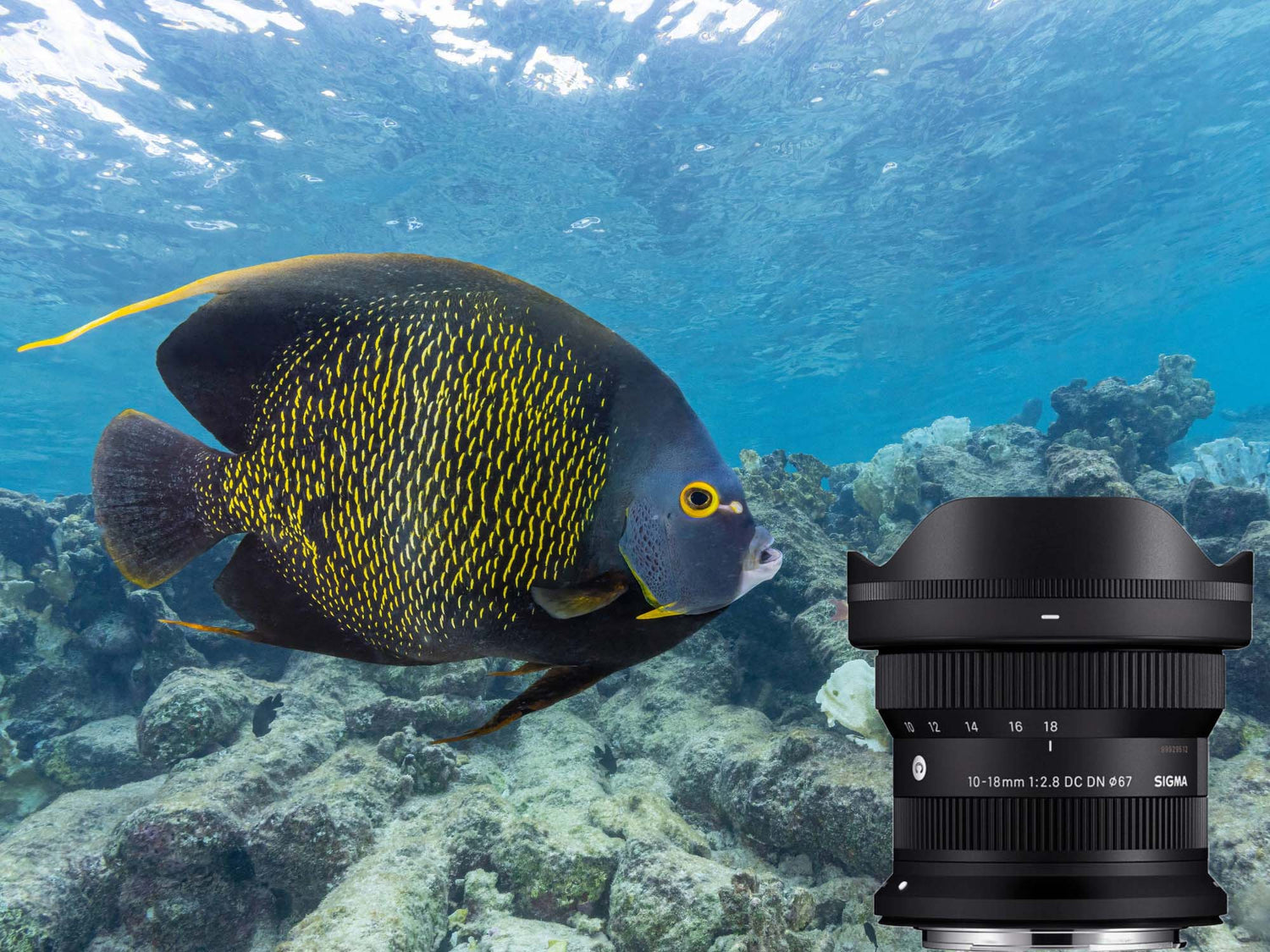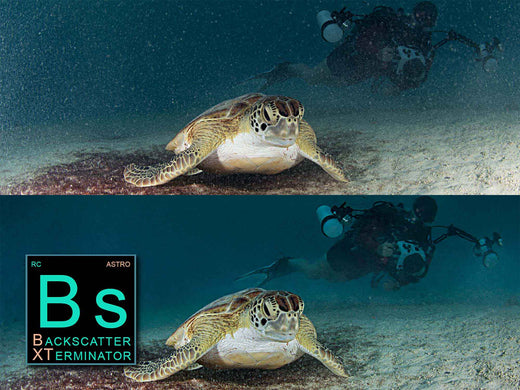Review & Photos by Douglas Klug
Mirrorless cameras have taken over the market for underwater digital shooters. Differences in how the image is passed through the lens and onto the sensor mean mirrorless cameras have a different lens mount than DSLR cameras. Switching over from a DSLR, you might be able to bring your lenses with you, but you’ll need an adapter that puts the lens in the right position.
Alternatively, you can explore the lenses now available to mount directly on mirrorless cameras. I recently put some of those mirrorless-mount lenses to the test with the Canon R7, taking Canon’s Sigma’s 10-18 f/2.8 DC underwater in an Ikelite housing for wide-angle shooting.
Where better to try out some shots than the diver’s paradise of Bonaire?

Lens Port Selection
While technically the DLM 6-inch Dome Port with Zoom Extended .375” # 5516.16 is recommended for this lens, I used it behind the slightly shorter DLM Dome Port with Zoom # 5516.15 which is the same port I use with the Tokina 10-17 and EF to RF adapter. You may notice a slight improvement in edge sharpness when using the longer recommended port. On this trip I wanted to cut down on the amount of gear I was carrying and was still pleased with the results.
This small, compact port allows for close-focus wide-angle shooting, even with subjects tucked down into the reef. The lens itself has no autofocus select switch, so the autofocus must be turned on using the switch on the R7 body prior to loading the camera into the housing.
 14mm • f/10 • 1/125 sec // The small port allowed me to get the entire rig into a crevice and capture this image of an eel.
14mm • f/10 • 1/125 sec // The small port allowed me to get the entire rig into a crevice and capture this image of an eel.
Zoom Range & Minimum Focus Distance
On the APS-C sensor Canon R7, the Sigma 10-18mm RF-mount has an equivalent range of 16-29mm, making it a great wide-angle lens for seascape and reef-life shots.
When used with the dual pair of DS232 strobes I shoot with, the Sigma 10-18 lens can capture sweeping reef and clear-water backgrounds while the foreground subjects are lit up and occupy the frame nicely. The Sigma 10-18 lens has a minimum focus distance of just over 4.5” (114mm) from the lens, allowing for great close-focus wide-angle. The lens is more rectilinear than fisheye, so the backgrounds and edges don’t curve.
The obvious advantage of the zoom ability on a wide-angle lens is that it allows instant cropping and framing of subjects to bring them “closer” to the lens when needed.

13mm • f/11 • 1/100 sec // This shot shows off the Sigma’s ability capture a subject and the entire reef background, using the zoom to frame the image at a desired distance.
Edge Sharpness
Concerns about edge sharpness were alleviated quickly. Since APS-C sensors are smaller, they tend to maintain sharpness all the way to the edge of the image. The only way I could get soft edges was to shoot at the largest aperture (f/2.8), which has the narrowest depth of field. I found that shooting the Sigma above f/6.3 kept the edges sharp.

10mm • f/22 • 1/200 sec // These two sponge images highlight the difference in edge-sharpness that can be adjusted with aperture. Shooting at f/22 keeps everything sharp.

10mm f/2.8 1/160 sec // These two sponge images highlight the difference in edge-sharpness that can be adjusted with aperture. Shooting at f/2.8 allows the edges to fall out of focus.
Another challenge for any lens is low-light shooting and its ability to get an accurate focus lock. In this area, the Sigma 10-18 performed well during a twilight dive. Using dual DS232 strobes allowed subjects of these images to be well balanced against the dark ocean background.

15mm • f/9 • 1/80 sec // Despite dark water in the background during this twilight dive, the Sigma was able to easily lock focus on the foreground fish.

10mm • f/9 • 1/80 sec
Comparing Canon & Sigma 10-18mm Lenses
Sigma’s 10-18mm is another choice for Canon shooters wanting an RF mount wide-angle lens, like Canon’s own RF-S 10-18mm f/4.5-6.3 IS STM. While both lenses provide similar rectilinear images, the Sigma is larger in size. The Canon lens does lose a bit of its compact size when shooting because it requires the user to rotate the lens and extend it into the “shooting” position. Even in this position, the Canon is smaller. Both lenses also lack a focus switch on the lens, meaning the user needs to set the autofocus switch on the camera prior to placing the camera and lens into the housing.
Being larger, the Sigma starts at a larger f-stop aperture but has a less overall range… from f/2.8 to f/22. Most shooters, however, won’t shoot at f/2.8 underwater because the narrow depth of field can leave parts of the image out of focus. The Canon has a broader overall f-stop range but won’t shoot at quite as large an aperture. At 10mm, the Canon will only reach a maximum aperture of f/4.5, but at 11 mm it won’t go below f/5 and at 13 mm its widest aperture is f/5.6. On the other hand, the Canon’s smallest aperture is an astonishing f/32 when shooting at 18mm. If you are diving with powerful strobes like the DS232, that small aperture keeps a broad depth of field in focus.
 10mm • f/13 • 1/125 sec // Shooting at 10mm, I took advantage of the Sigma’s ultra close focus ability to show off this angelfish and the blue water background.
10mm • f/13 • 1/125 sec // Shooting at 10mm, I took advantage of the Sigma’s ultra close focus ability to show off this angelfish and the blue water background.
The nicest feature about the Canon is still its size, which allows the user to remove the camera, with the lens attached, from the back of the housing if a battery change is needed. The larger Sigma requires removal of the port and lens before the camera body can be accessed from the back of the housing.
Once in the housing, both lenses perform similarly with good autofocus, a nice close-focus distance and little vignette or edge distortion, even when shooting at 10mm.
The Canon lens has a big advantage in price at only $329 US Market MSRP, with the Sigma at twice that ($659). The Sigma is alternatively available with a Sony E-mount making it a good choice for cameras like the Sony a6700.
Additional Viewing
More Power, Smaller Package: Moving to Mirrorless with the Canon R7
Wide Angle Showdown: Canon RF-S 10-18mm vs Tokina 10-17mm Underwater
Digital Divers Dilemma: What to Shoot on a Caribbean Reef?
Bringing Out the Colors of Fiji: "Soft Coral Capital of the World"
Photographing Seals & Sea Lions Off the Southern California Coast

Douglas Klug has been diving California’s Channel Islands for over 30 years as a SCUBA diving instructor and underwater photographer in Santa Barbara, CA. Doug specializes in underwater photography within the kelp forest environment. His photo-essays have been published in print world-wide, including articles in California Diving News, DAN Alert Diver, and Dive Training. Doug’s images have been used in many publications and by the US National Park Service, US National Marine Sanctuary, the Monterey Bay Aquarium, Google, and Microsoft. Doug even does live talks on underwater photography for dive clubs and museums in Southern California. See more...



